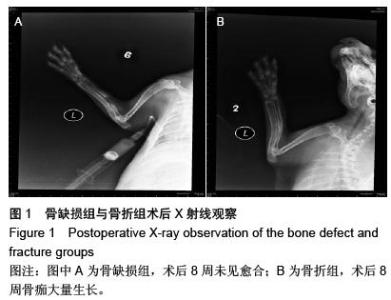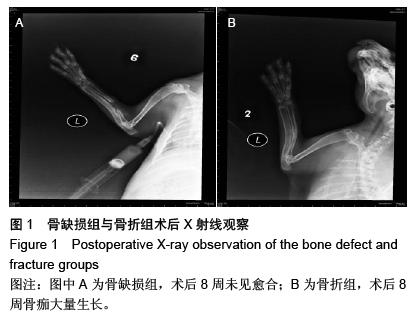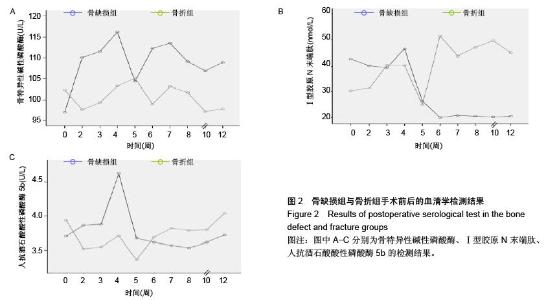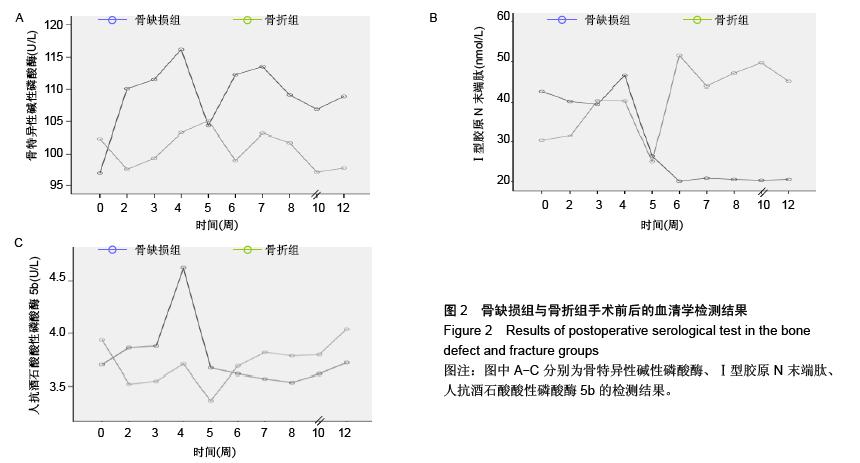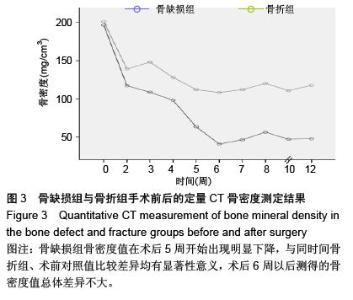| [1] Sambrook P,Cooper C.Osteoporosis.Lancet. 2006;17: 2010- 2018.
[2] 石维强,陆应隆,王连萍,等.B型超声直方图检测骨折愈合的临床价值[J].中华骨科杂志, 1995,15(7):425-428.
[3] 李峰,欧阳跃平.骨不连临床研究进展[J].国际骨科学杂志, 2007, 28(2):117-119.
[4] 刘昌戎,沈为栋,彭伟,等.保留骨膜的兔桡骨缺损性骨不连动物模型的制备[J].海南医学院学报,2013,19(6):725-727.
[5] 王俊,陈一心.骨不连动物模型的研究进展[J].江苏医药,2008, 34(5):509-510.
[6] 徐晓峰,李阳,钱栋,等.骨形态发生蛋白2和血管内皮生长因子mRNA在股骨骨不连大鼠损伤区域的动态表达[J].中国组织工程研究与临床康复,2010,14(40):6857-6860.
[7] Gamero P,Somay-Rendu E.Biochemical markers of bone loss rate and prevalence of osteoporosis at multiple skeletal sites in Chinese women.Osteoporos Int.2002;13: 669-676.
[8] 吴胜用,杨立,祁吉,等.骨质疏松老年妇女腰椎骨密度及结构的多层螺旋CT研究[J].中华放射学杂志,2005,39(11):1165- 1170.
[9] Boden SD,Goodenough DJ,Stockham CD,et al.Precise measurement of vertebral bone density using computed tomography without the use of an external reference phantom. J Digit Imaging.1989;2(1):B31-38.
[10] Cortet B,Dubois P,Boutry N,et al.Does high -resolution computed tomography image analysis of the distal radius provide information independent of bone mass? J Clin Densitom.2000;3(4):339-351.
[11] Dufresne TE,Chmielewski PA,Manhart MD,et al.Risedronate preserves bone architecture in early postmenopausal women in 1 year as measured by three -dimensional microcomputed tomography.J CalcifTissue Int.2003;73(5):B423-432.
[12] Boyd SK,Davison P,Muller R,et al.Monitoring individual morphological changes over time in ovariectomized rats by in- vivo microcomputed tomography. Bone.2006;39(4):854 -862.
[13] Garcia-Perez MA,Moreno-Mercer J,Tarin JJ, et al.Similar efficacy of low and standard doses of transdermal estradiol in controlling bone turnover in postmenopausal women. Gynecol Endocrinol.2006;22(4):179-184.
[14] Southwood LL,Frisbie DD,Kawcak CE,et al.Evaluation of serum biochemical markers of bone metabolism for early diagnosis of nonunion and infected nonunion fractures in rabbits. Am J Vet Res.2003;64(6):727-735.
[15] Moghaddam A,Müller U,Roth HJ,et al.TRACP 5b and CTX as osteological markers of delayed fracture healing.Injury.2011; 42(8):758-764.
[16] Eastell R,Yergey AL,Vieira NE,et al.Interrelationship among vitamin D metabolism, true calcium absorption, parathyroid function, and age in women: evidence of an age-related intestinal resistance to 1,25-dihydroxyvitamin D action. J Bone Miner Res. 1991;6(2):125-132.
[17] Delmas PD.Biochemical markers of bone turnover for the clinical assessment of metabolic bone disease. Endocrinol Metab Clin North Am.1990;19(1):1-18.
[18] Hanson DA,Weis MA,Bollen AM,et al.A specific immunoassay for monitoring human bone resorption: quantitation of type I collagen cross-linked N-telopeptides in urine. J Bone Miner Res.1992;7(11):1251-1258.
[19] Rosen HN,Moses AC,Garber J,et al.Utility of biochemical markers of bone turnover in the follow-up of patients treated with bisphosphonates.Calcif Tissue Int. 1988;63(50:363-368. |
